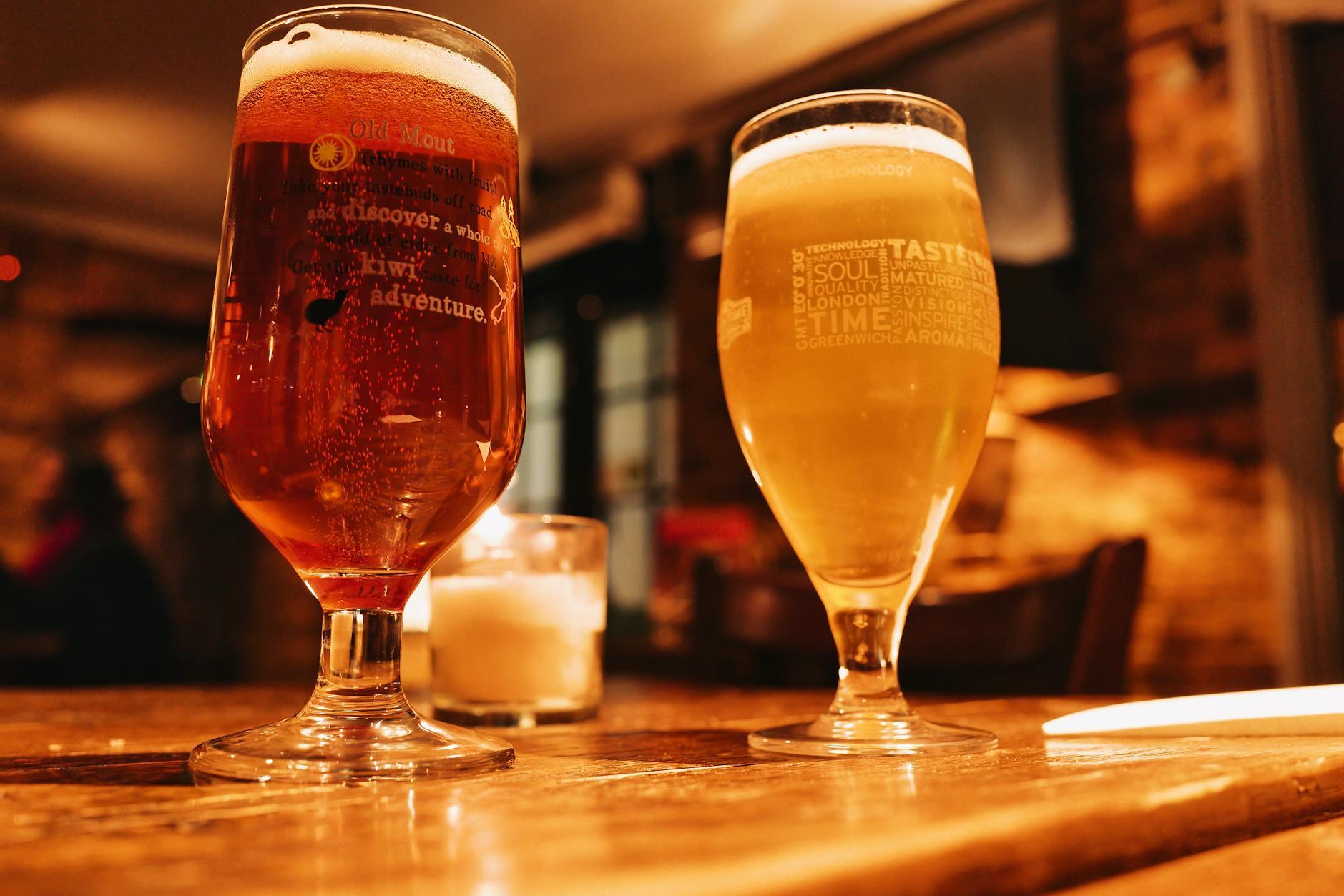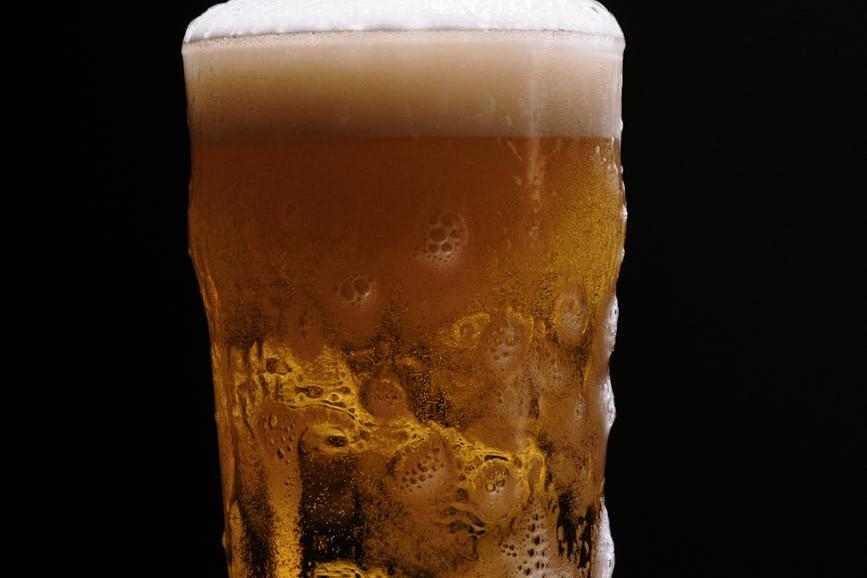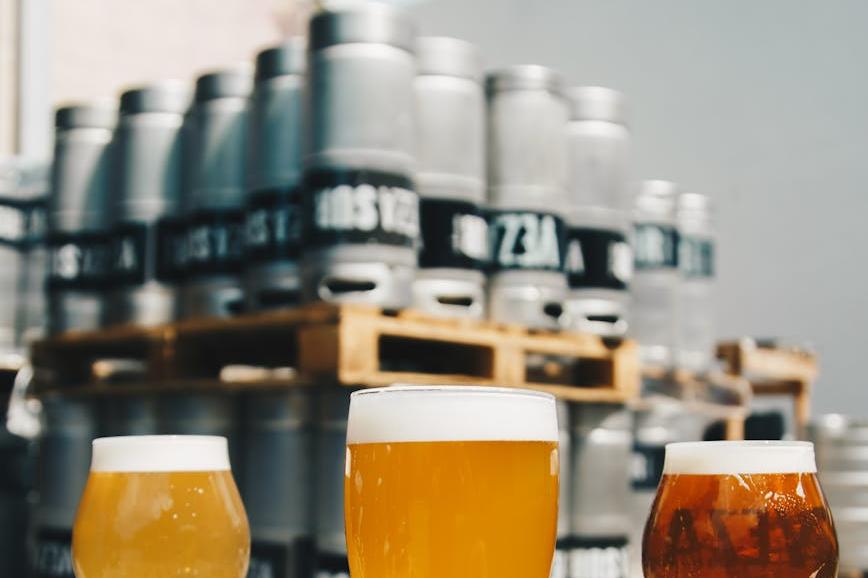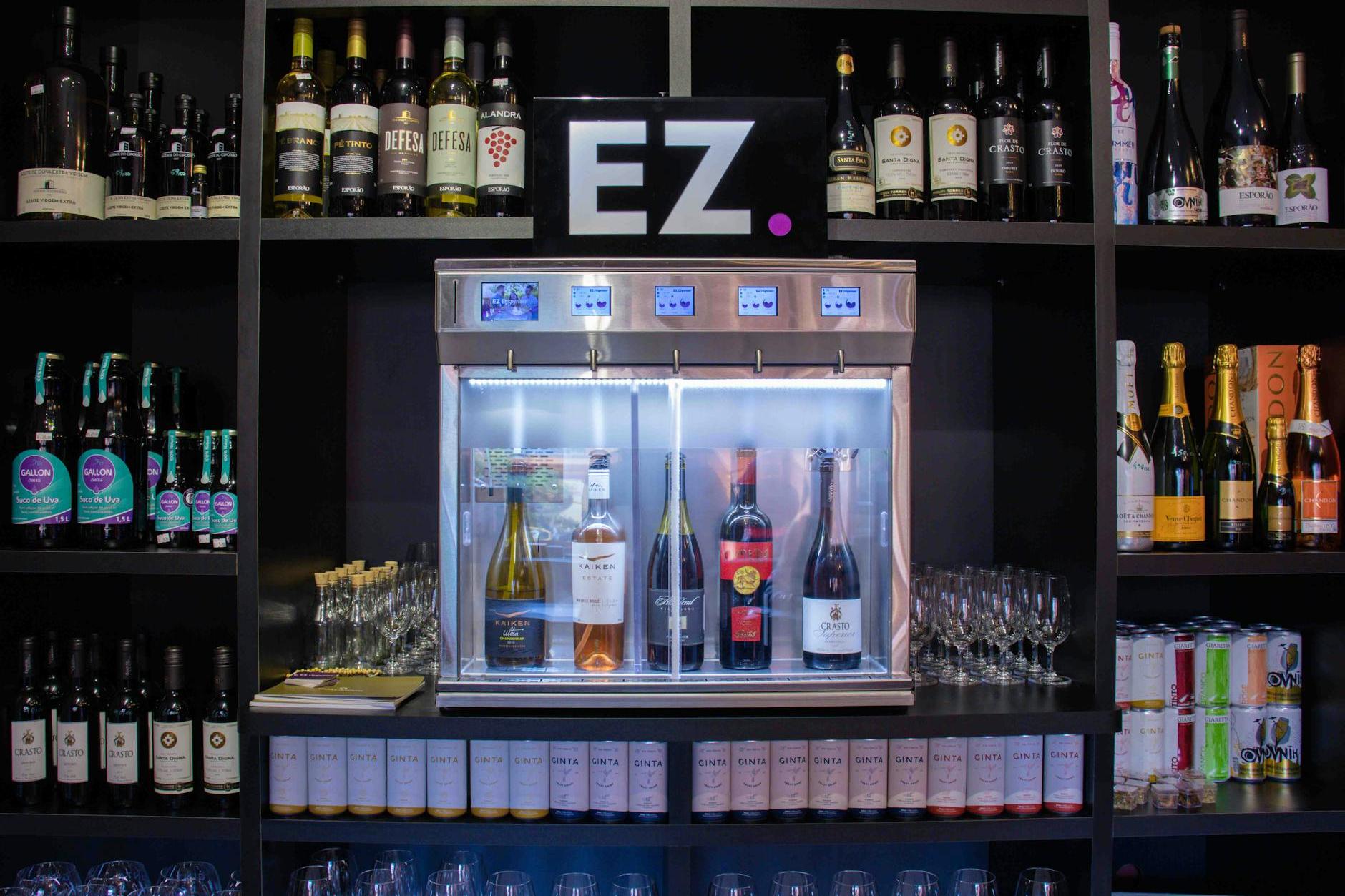- Shanghai Zhongshen International Trade Co., Ltd. - Two decades of trade agency expertise.
- Service Hotline: 139 1787 2118
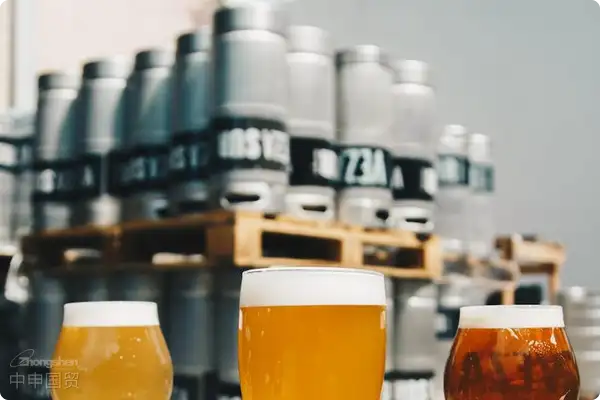
Contents
ToggleWhen Blue Sister Beer meets Chinese dining tables
As a seasoned veteran with two decades of experience in the beer import industry, I've witnessed countless pitfalls that agents encounter when importing European craft beers. Today, let's take Spanish Lambic beer as an example to discuss those hidden risk control points that aren't visible on the customs declaration forms.
Import qualifications ≠ market pass
Many agents assume obtaining(Apply 30 days in advance)andalcohol distribution recordmeans everything is settled, when in fact this is just the basic requirement:
- SpainIt is recommended to verify through the following methods:certificate must include grape cultivation region codes
- Alcohol content labeling must comply with both EU and GB standards
- Chinese back labels require 6-week advance submission for customs pre-classification
Last year a client suffered over ¥200,000 direct losses due to unlabeledpotassium metabisulfite contentresulting in entire container detention at port.
Devil in the transportation details
Seemingly simpleMaritime Transportationplans actually conceal complexities:
| Transportation method | Full - container cold chain | Breakage rate |
|---|---|---|
| standard containers | 1.0x benchmark | 3-5% |
| Thermostatic container | 1.8x benchmark | <0.5% |
Special reminder: Unique to Lambic beerSecondary fermentation processRequires maintaining a constant temperature of 12-15°C throughout transportation. Ordinary container shipping may cause pressure changes in bottles leading to explosions.
The precision scalpel of market positioning
Based on data from 37 beer importers weve served, successful cases share these common factors:
- Channel selection:
- Distribution coverage in premium catering channels >60%
- E-commerce platforms primarily promote limited-edition combo packs
- Pricing strategy:
- Retain original Spanish pricing (e.g. €9.99≈¥79)
- Introduce recyclable bottle deposit system during festive seasons
A real customs clearance case study
In early 2025, an East China distributor encountered difficulties importing Lambics spring limited edition:
- Customs required submission ofMalt variety traceability certificate
- Bottle embossment involved geographical indication protection
We resolved this by retrieving the brewerys archived1920 original recipe, coordinated with Spains Ministry of Agriculture to issueTraditional craftsmanship certification, ultimately achieving penalty-free fast clearance. This case proves professional matters require professional handling.
Beer importing is never simple trading, but requires establishingEnd-to-end control systemWhen you hold the distribution rights for Blue Sister Beer, remember to find a partner who knows more about customs codes, understands transportation risks better, and has deeper insights into the consumer market than you do—this is the most reliable "yeast" for business success.
Related Recommendations
Contact Form
? 2025. All Rights Reserved. Shanghai ICP No. 2023007705-2  PSB Record: Shanghai No.31011502009912
PSB Record: Shanghai No.31011502009912
